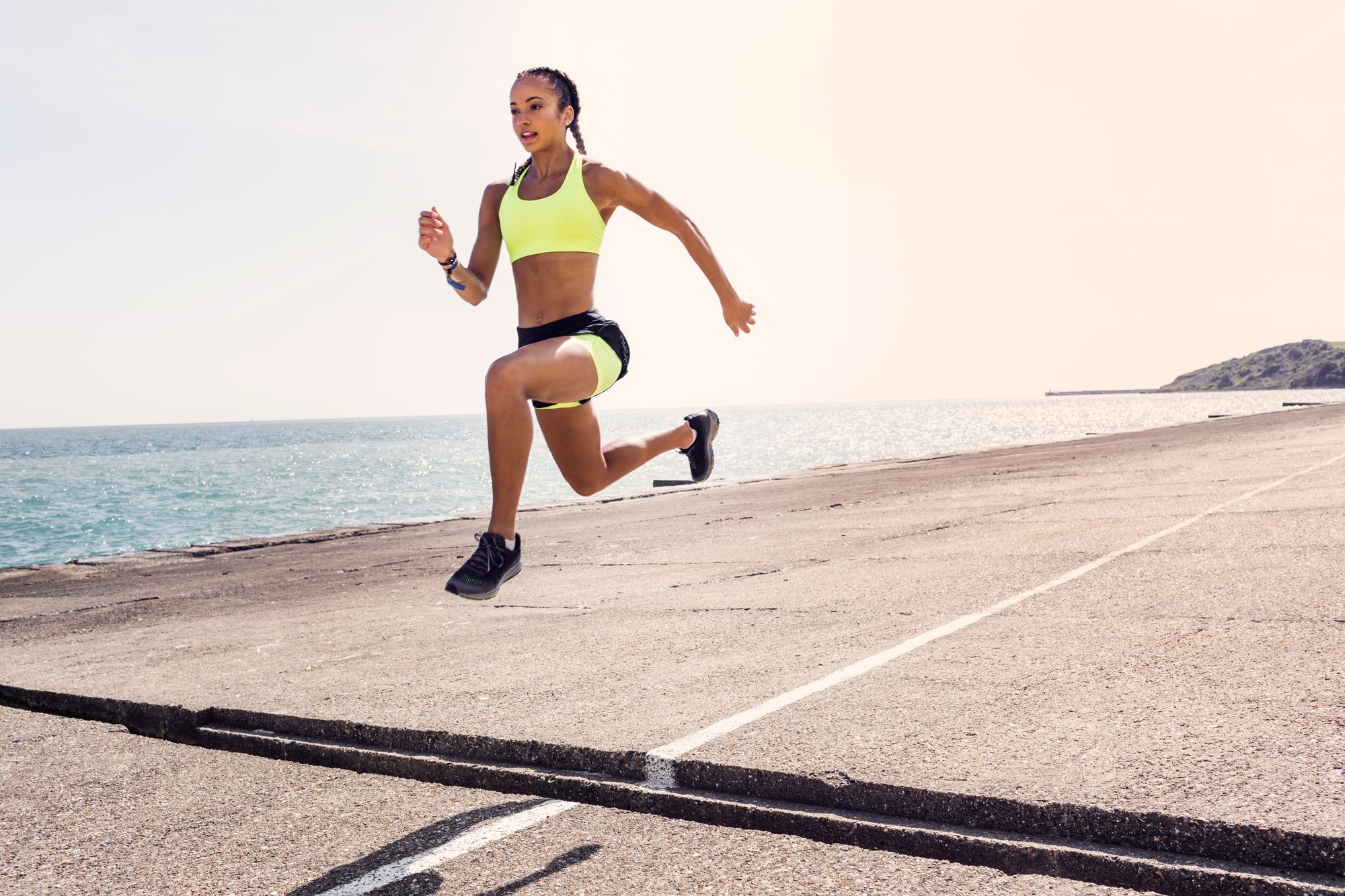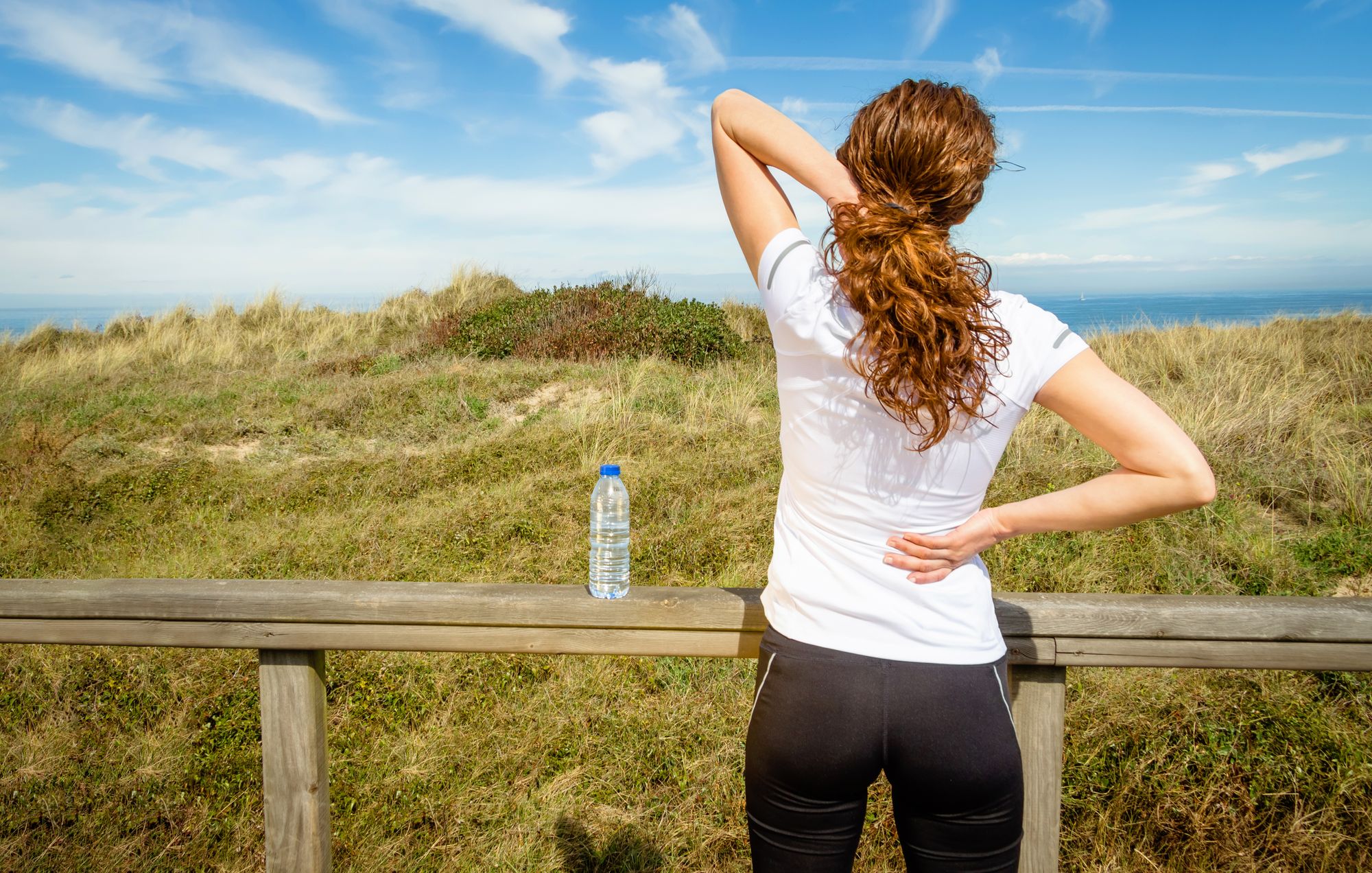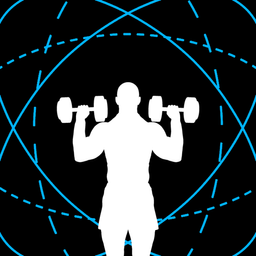Benefits Of Rucking — And How To Get Started
Have you heard of rucking? Don't worry if you haven't. Here's everything to know about it, from what it is to its benefits to how to get started.

Have you heard of … rucking?
If you haven't, that's OK because we're about to share everything you need to know about it, from what it is to its benefits to how you can get started with it. (Still, we can't help asking: where have you been?! *ahem* 🪨)
What is “rucking”?
Save for a letter, rucking sounds nastily like something you’d commonly do between the sheets (or on the sheets?) But, in reality, it’s probably the furthest thing from being a sensual activity.
Here’s the definition of rucking:
“The act of carrying a weighted backpack and walking/hiking for extended periods”.
Told you. It's nothing sexy, as is its origin story — rucking was initially used by military personnel to transport supplies and equipment from point to point. On foot.
Of course, against its unsexy nature and beginnings, one must wonder, “Why is it so popular now?” Answer: because of its many benefits.
Benefits of rucking
Think of rucking like walking but on steroids. 💉
Like walking, rucking improves cardiovascular endurance, is easy on your joints (compared to high-impact exercises), and involves a short recovery time.
But adding weights transforms rucking from a pure cardio exercise to a strength training one. Meaning? Rucking could help you maintain and/or build muscle mass in your lower body muscle groups, including your hamstrings, glutes, quads, and calves.
And what's so great about building muscle mass, you ask?
Plus, let’s be real. Muscle mass looks great. 💁♀️
Of course, the benefits of rucking aren't simply limited to aesthetics and physical health. There are also psychological upsides to consider. With rucking, you'd most likely be exercising:
- Outdoors: (You could technically do it on a treadmill … but why?) Research shows that exercising outdoors may positively impact your mood and happiness more than indoors. Also, when you exercise outdoors, you can't simply "tune out" as you would on a treadmill; you'll need to navigate uneven terrain, give way to fellow hikers, and take in the beautiful scenery — this may boost engagement, along with motivation and help you work out for longer than expected.
Learn more here:

- With friends: Humans are social animals. Rucking with friends is essentially a form of socializing, which helps stave off feelings of isolation and loneliness, which are in turn associated with countless emotional issues, such as depression, anxiety, low self-esteem, and sleep problems. Beyond that, rucking with friends could also increase your commitment to your fitness routine and make you push yourself harder during the workout.
Getting started with rucking
Sold on the benefits and can’t wait to get started? Follow these 3 steps for rucking greatness.
#1: Gear up
TBVH, you don't necessarily need to buy specialized rucking gear if you don't have the budget. Any backpack, weights (e.g., a 10 kg weight plate you have lying around in your home gym), and comfortable shoes would suffice.
That said, specialized rucking gear could 100% make the whole experience more comfortable — so it comes down to your preferences and financial situation.
Here’s what to look out for in your …
Rucking backpack
A good rucking backpack should feature the following:
- Wide, padded shoulder straps
- Thick, foam back padding
- Frame sheet or other support option
- Dedicated rucking weight pocket
- Tough, tested fabric that's abrasion and tear-resistant
- Heavy-duty nylon stitching
- Water bottle holder or pocket
Ruck weights
You have plenty of options when it comes to ruck weights:
Rucking shoes
While any pair of comfortable shoes will work, you should consider your terrain when picking your footwear.
For example, if you're primarily sticking to flat hiking trails, there's probably no need to choose hiking boots — but if you're expecting to traverse canyons and mountains, make sure you have the proper footgear for it!
#2: Start small
Don’t go all out in the beginning.
Instead, most rucking blogs would recommend starting with just 10% to 15% of your body weight. I.e., if you weigh 65 kg, that'll work out to a rucking weight of 6.5 to 9.75 kg.
Starting small gives you a chance to build up the necessary strength in the target muscles, plus it helps you catch and fix any form mistakes early before you wreck your lower back.
Struggling with lower back pain? You might like this article:

#3: Add weights and distance gradually
Only add weights and distance when you’re sure your body has adapted to and is handling your rucking workouts well.
Wondering how much weight you should eventually carry?
GORUCK advises maxing out at a third of your body weight.
And if it's distance, you're only limited by how much time you've budgeted for the session (and, obviously, your endurance 🤪).
Fitness is a lifestyle
If you want to live a healthier, fitter lifestyle, while rucking is a great start, it shouldn’t be the only thing you do. For greater health and fitness benefits, you should also strive to complement it with a:
- Dedicated resistance program: To support your rucking progress + build more of that drool-worthy, beneficial muscle mass.
- Well-balanced diet with enough protein: To provide your body with the nutrients and energy it needs to perform at its best.
Need help setting those 2 things up? Then look no further than GymStreak. This smart, AI-powered personal trainer app will tailor your training and nutrition plans according to your fitness goals and preferences.
See it to believe it:
Workout Programming + Nutrition Tracking, Off Your Hands
*sigh of relief* We'll guide you through it all — step-by-step. Just download the app, and you'll be making progress toward your dream body like never before.
References
Daghlas, Iyas, et al. “Genetically Proxied Lean Mass and Risk of Alzheimer’s Disease: Mendelian Randomisation Study.” BMJ Medicine, vol. 2, no. 1, May 2023. bmjmedicine.bmj.com, https://doi.org/10.1136/bmjmed-2022-000354.
Grannell, Andrew, et al. “The Influence of Skeletal Muscle on Appetite Regulation.” Expert Review of Endocrinology & Metabolism, vol. 14, no. 4, July 2019, pp. 267–82. PubMed, https://doi.org/10.1080/17446651.2019.1618185.
Hawkley, Louise C., and John T. Cacioppo. “Loneliness Matters: A Theoretical and Empirical Review of Consequences and Mechanisms.” Annals of Behavioral Medicine : A Publication of the Society of Behavioral Medicine, vol. 40, no. 2, Oct. 2010, p. 10.1007/s12160-010-9210–18. PubMed Central, https://doi.org/10.1007/s12160-010-9210-8.
Irwin, Brandon C., et al. “Aerobic Exercise Is Promoted When Individual Performance Affects the Group: A Test of the Kohler Motivation Gain Effect.” Annals of Behavioral Medicine, vol. 44, no. 2, Oct. 2012, pp. 151–59. Springer Link, https://doi.org/10.1007/s12160-012-9367-4.
Research, Institute of Medicine (US) Committee on Military Nutrition. “Regulation of Muscle Mass and Function: Effects of Aging and Hormones.” The Role of Protein and Amino Acids in Sustaining and Enhancing Performance, National Academies Press (US), 1999. www.ncbi.nlm.nih.gov, https://www.ncbi.nlm.nih.gov/books/NBK224631/.
Taniguchi, Keita, et al. “Influence of External Natural Environment Including Sunshine Exposure on Public Mental Health: A Systematic Review.” Psychiatry International, vol. 3, no. 1, 1, Mar. 2022, pp. 91–113. www.mdpi.com, https://doi.org/10.3390/psychiatryint3010008.
Wen, Q. R., et al. “[Correlation between chronic diseases and low muscle mass, strength and quality in adults in China].” Zhonghua Liu Xing Bing Xue Za Zhi = Zhonghua Liuxingbingxue Zazhi, vol. 42, no. 11, Nov. 2021, pp. 1948–54. PubMed, https://doi.org/10.3760/cma.j.cn112338-20200910-01146.
“What Is Rucking and Why Is It Gaining Popularity in the Fitness Community?” Quora, https://www.quora.com/What-is-rucking-and-why-is-it-gaining-popularity-in-the-fitness-community. Accessed 4 Dec. 2023.
“What Is Rucking? Complete Guide to Amazing Benefits & More.” GORUCK, https://www.goruck.com/pages/what-is-rucking. Accessed 4 Dec. 2023.
Wing, R. R., and R. W. Jeffery. “Benefits of Recruiting Participants with Friends and Increasing Social Support for Weight Loss and Maintenance.” Journal of Consulting and Clinical Psychology, vol. 67, no. 1, Feb. 1999, pp. 132–38. PubMed, https://doi.org/10.1037//0022-006x.67.1.132.


